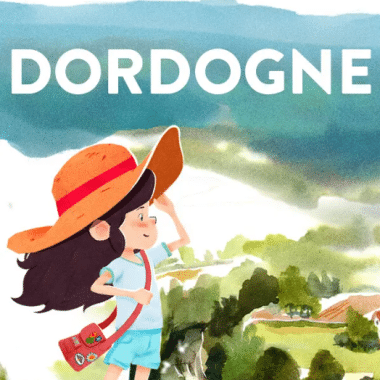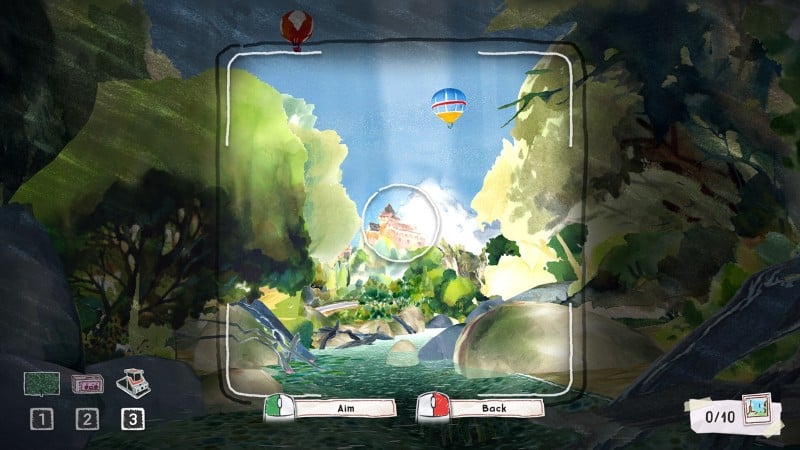Mimi travels to the picturesque French countryside of Dordogne despite her father’s objections in order to locate a missing fragment of herself. Waiting for her is the property of her recently deceased grandmother, which will soon be sold, as well as a summer’s worth of treasured childhood memories that Mimi has no memory of. How could she neglect something so important, as well as the reasons for her father and grandparents’ strained relationship? These were the elements that propelled me through this enjoyable and artistically animated adventure game. Although not mechanically complex or even remotely challenging, I relished this restful French vacation.
As Mimi searches Mimi’s grandmother Nora’s house and the surrounding property for clues, I engage in wacky interactions that add a whimsical touch to otherwise mundane actions. I insert and rotate keys to open doors, turn a box to pour cereal into a bowl (and all over the kitchen table), and levitate my marionette-like hands over flatware to retrieve it from a river. One of the most inventive sequences consisted of slingshotting word bubble pleasantries over a cliff to represent exclaiming at a distant friend. I appreciate how frequently Dordogne discovers tiny but novel ways to interact with its world. Using the small mouse-style cursor to execute these actions with a controller naturally feels more cumbersome, and it is easily lost among the colorful, bustling backgrounds, but it does the job.
Nearly all of these one-of-a-kind interactions are carried out by 12-year-old Mimi, whom players control during a series of flashbacks detailing her summer vacation with Nora. She documents her stay by taking photographs, recording sound effects with a tape recorder, and accumulating stickers, cassette tapes, and enormous surreal words that are strewn throughout the levels. The objective of these tasks is to occupy pages of a scrapbook by composing simple verses from collected words and arranging photographs and stickers. Making these discard pages offers no tangible recompense other than the small delight of expressing myself in a restricted manner. Unfortunately, it is not possible to replay chapters to locate any overlooked collectibles.
Although playing Dordogne is enjoyable, viewing it is even more so. Every scene feels like an interactive tour of an artist’s gallery due to the gorgeous watercolor art direction; you can actually see the brushstrokes. Certain scenes appear fantastic as static images, but their framing often makes it difficult to discern navigable paths; expect to encounter shrubbery and staircases until you discover the way forward. The character models have a similar visual allure, and when combined with the lovely soundtrack, Dordogne resembles an endearing French independent art film brought to life.
As a coming-of-age story predominantly set in the early 1980s (the adult Mimi sequences occur in 2002), Dordogne strikes the perfect balance between being whimsical enough for children and containing enough mature themes and topics to give it bite for adults. Observing Mimi and Nora bond over basic delights such as kayak maintenance and riverside picnics made me feel warm and comfortable. The darker backstory involving Mimi’s family adds intrigue that is satisfactorily resolved by the conclusion. However, additional clarification on ambiguous topics, such as the cause of Mimi’s father’s everlasting resentment towards his parents, would have been appreciated. The narrative also heavily relies on players locating easily-missed collectible letters that provide crucial context and backstory for key events.
As someone who derives genuine delight from appreciating beautiful paintings, Dordogne raises the stakes by allowing me to interact creatively with its beautiful art. Even better, it adds a mostly entertaining story on top. As with Mimi and Nora’s relationship, there are obstacles to surmount, but those who persevere will be rewarded with pleasant times.












Comment: “-”